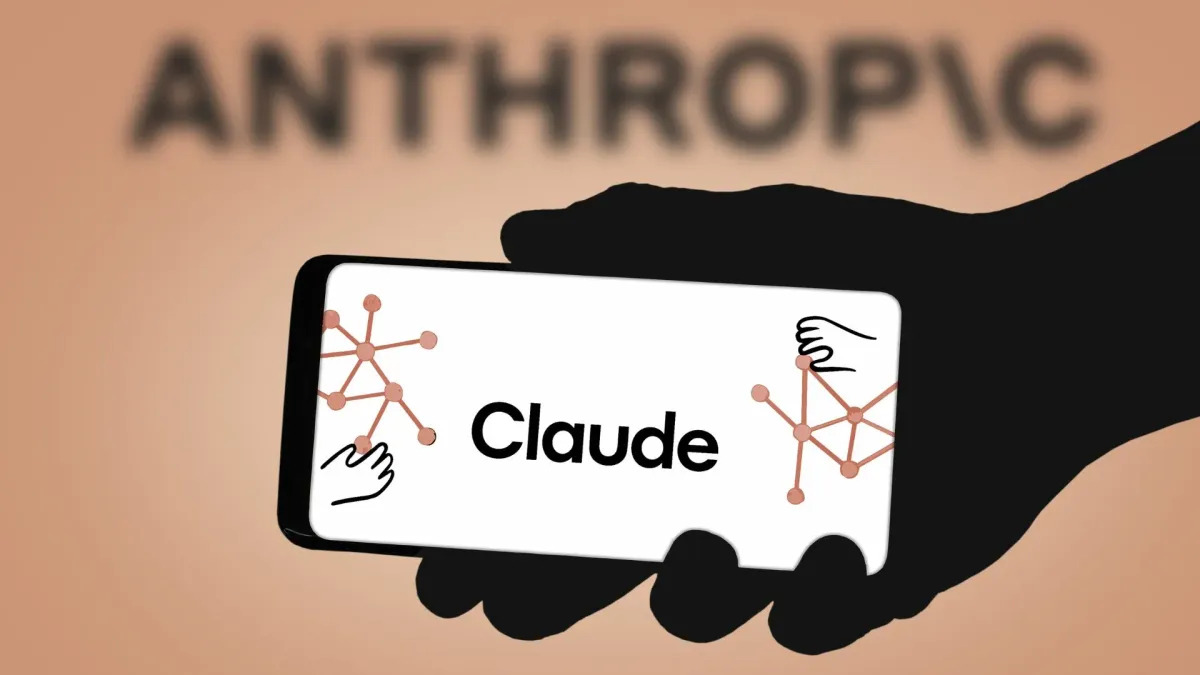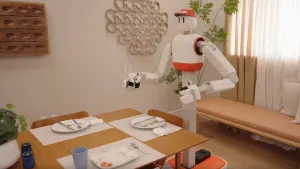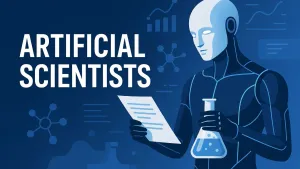In an experiment named Project Fetch, the AI research company Anthropic tasked its model Claude with assisting control of a quadruped robot dog, the Unitree Go2.
The experiment paired a team using Claude assistance with a team relying solely on human coding to accomplish increasingly complex robotics tasks.
According to Anthropic’s recent post, the Claude-assisted team progressed faster, connecting to sensors, writing control code and navigating the robot dog toward objects like a beach ball, a challenge the human-only team could not complete.
The Unitree Go2 used in the study is priced at around $16,900, and while it is not the most advanced robot in existence, it represents a common platform for inspection and patrol use in industrial settings.
What The Results Show About AI And Robotics
The outcome of Project Fetch does not imply independent robot control by AI, but it does offer evidence of how language models can accelerate human-robot interaction.
Video source: Anthropic YouTube Channel
Participants using Claude were able to navigate the technical and hardware obstacles, such as interacting with onboard sensors, configuring code libraries and managing hardware interfaces—more quickly and with less frustration than their peers working without AI assistance.
This suggests that as AI models expand their capabilities, their role may shift from purely generating text to facilitating real-world hardware operations.
Experts caution, however, that this progress also raises questions around reliability, operational safety and the boundary between assistance and autonomy.
“When you mix rich data with embodied feedback you’re building systems that cannot just imagine the world, but participate in it,” said a robotics researcher quoted in Wired.
Broader Impacts And Emerging Questions
For developers and robotics teams, the experiment shows a concrete use case for AI-assisted development in physical systems. A non-expert team guided by Claude managed to perform tasks that human experts configured manually found far more difficult.
This could lower the barrier to entry for robotics work, opening up new classes of applications in manufacturing, logistics and home automation.
On the policy and safety front, the experiment signals that AI models are edging closer to physical world agency, raising questions about oversight, accountability and the frameworks under which robots operate.
As Anthropic itself notes, moving from helper to actor changes the required safety assumptions.
Anthropic’s Project Fetch offers a meaningful snapshot of where AI and robotics converge today: rapid progress in hardware integration with human-AI teaming, but still constrained under human supervision.
How models evolve from assisting to acting, and under what safeguards, is the next chapter.






